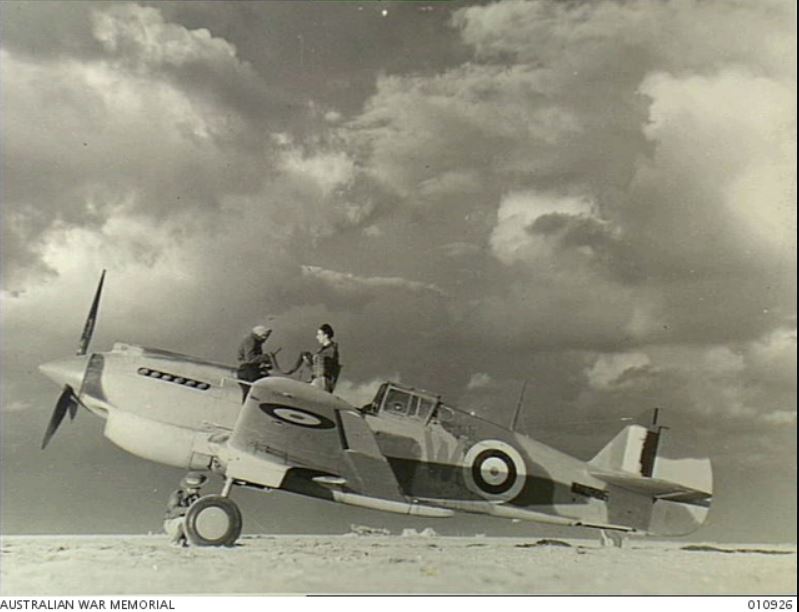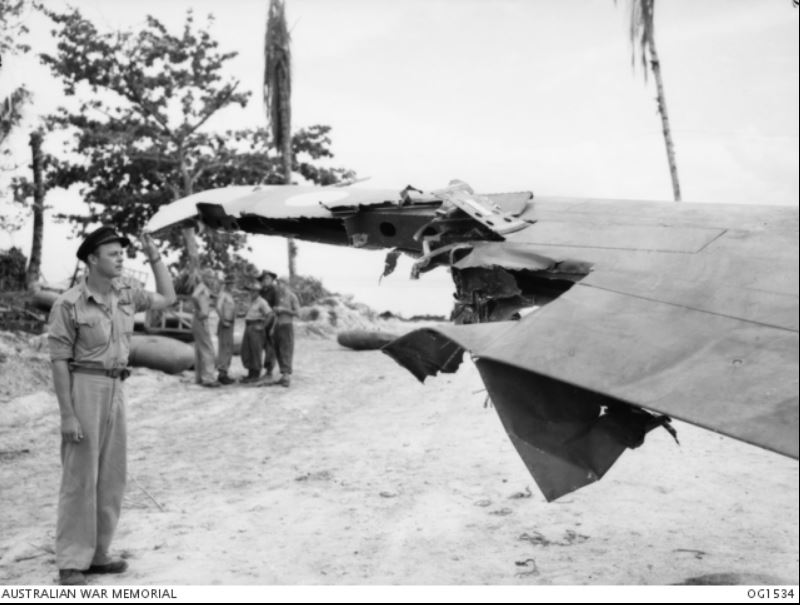Curtis P-40 Kittyhawk
From Our Contribution
Contents
Remarks
Known in US forces as the P40 Warhawk, the RAAF and RAF called early models the P-40, Tomahawk, and later models the P-40, Kittyhawk.
First used by the RAF in North Africa and the Middle East during June 1941. The P-40 lacked a two speed turbo charger and thus could not compete with the Messerschmitt Bf105 or the Focke-Wulf Fw 190 in high level combat and was therefore not used in the Northwest European Theatre, but between 1941 and 1944 played an important role in North Africa, Southwest Pacific, and China areas of operations. Here it worked at lower levels as a air superiority fighter, bomber escort and fighter bomber.
The RAAF acquired 553 P-40 N models, the latest variant built and commonly known as the Kittyhawk Mk IV. It had a stretched rear fuselage, a more powerful Allison engine, and rearward visibility had been improved.
General characteristics
- Crew: Pilot
- Length: 9.665 m
- Wingspan: 11.367 m
- Height: 3.25 m
- Empty weight: 2,686 kg
- Max takeoff weight: 3,862 kg
- Powerplant: 1 x Allison V-1710-39 V12 liquid cooled piston engine 1,240 hp
- Maximum speed: 538 km/h at 4,600 m
- Range: 1,152 km at 70% power
- Service ceiling: 8,900 m
- Armament
- Guns: 6 x 50 cal M2 Browning machine guns
- Bombs:110 to 450 kg to a total weight of 910 kg
Air Crew
No. 71 Operational Training Unit RAF
- † Roy Thomas Aston Wallis 20 Oct 1941 - 5 Dec 1941
No. 250 Squadron RAF
- † Roy Thomas Aston Wallis 10 Jan 1942 - 10 Jul 1942 KIA

